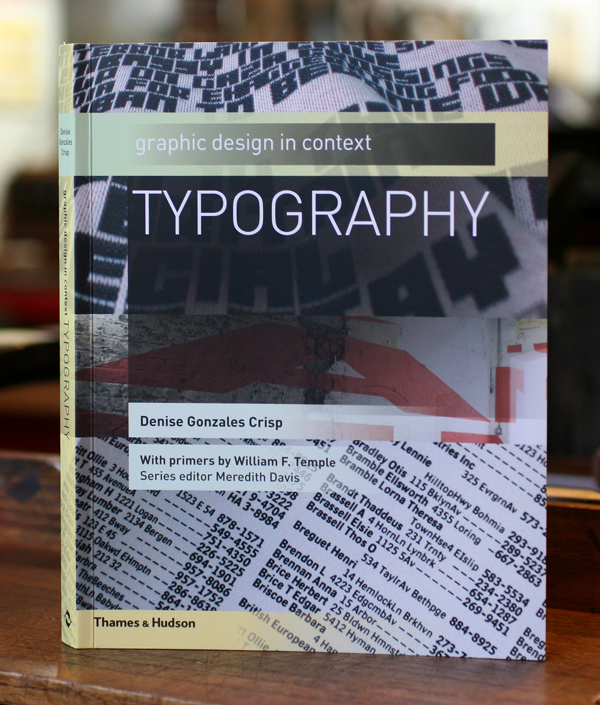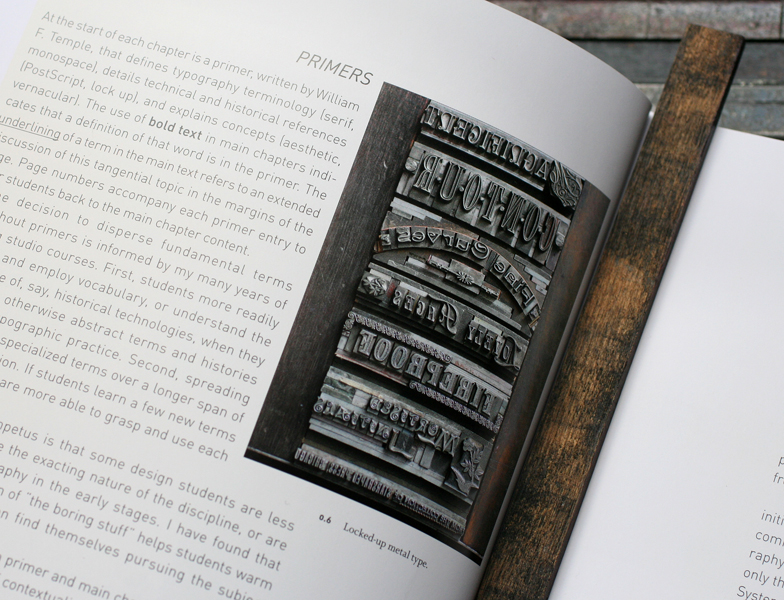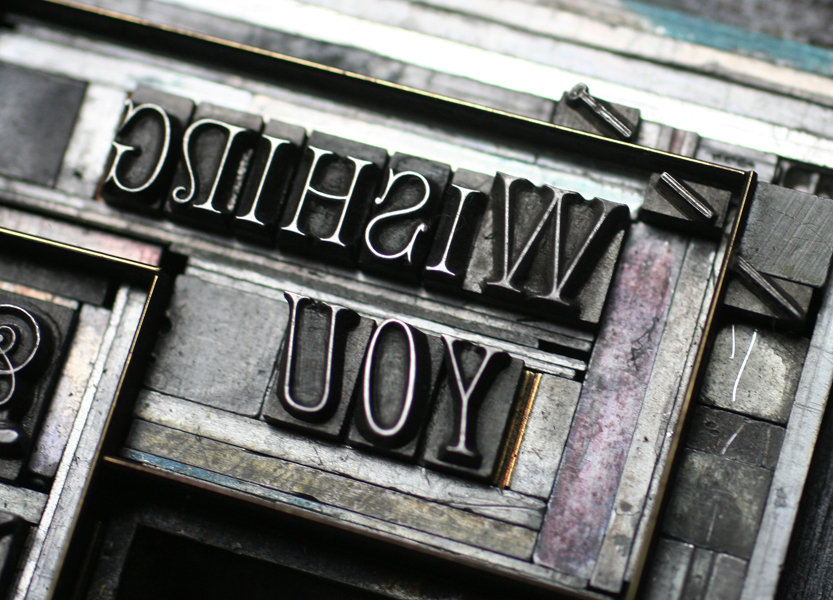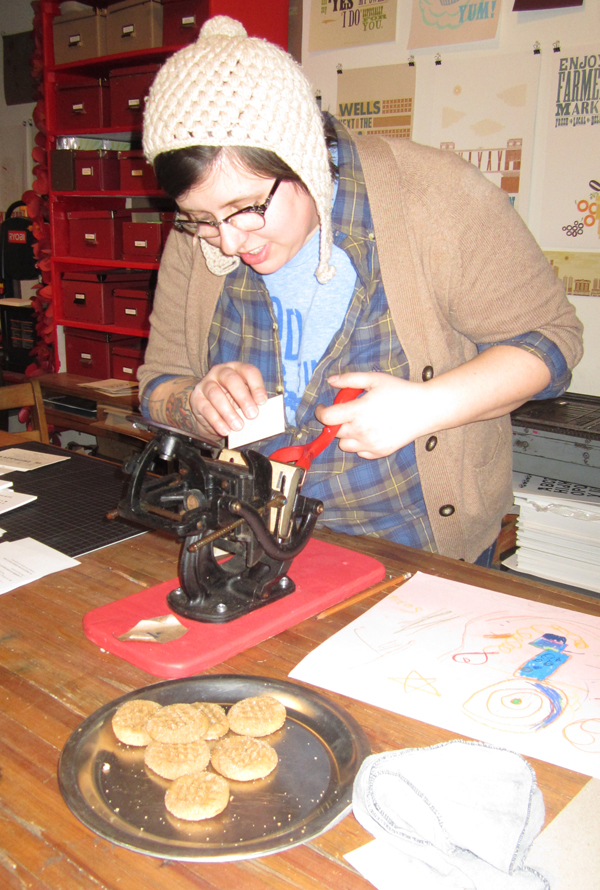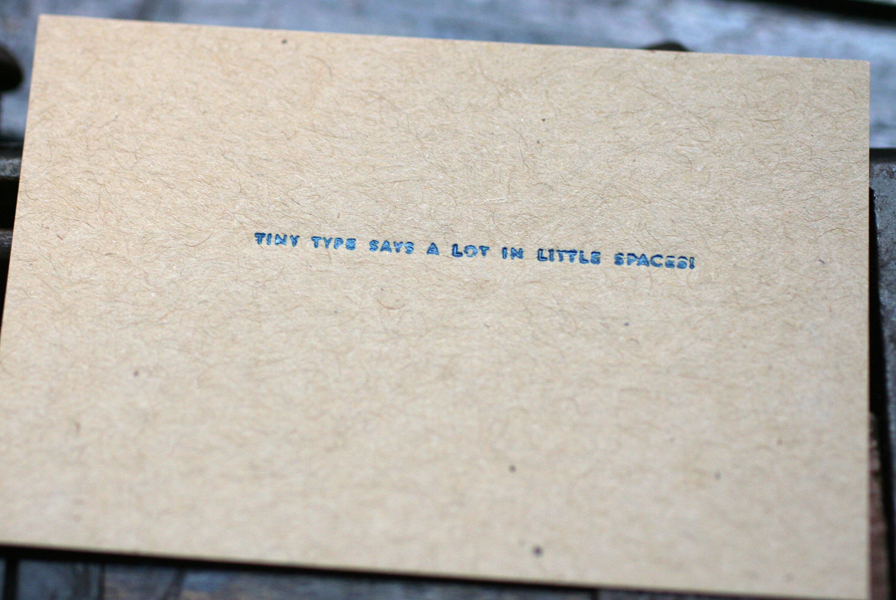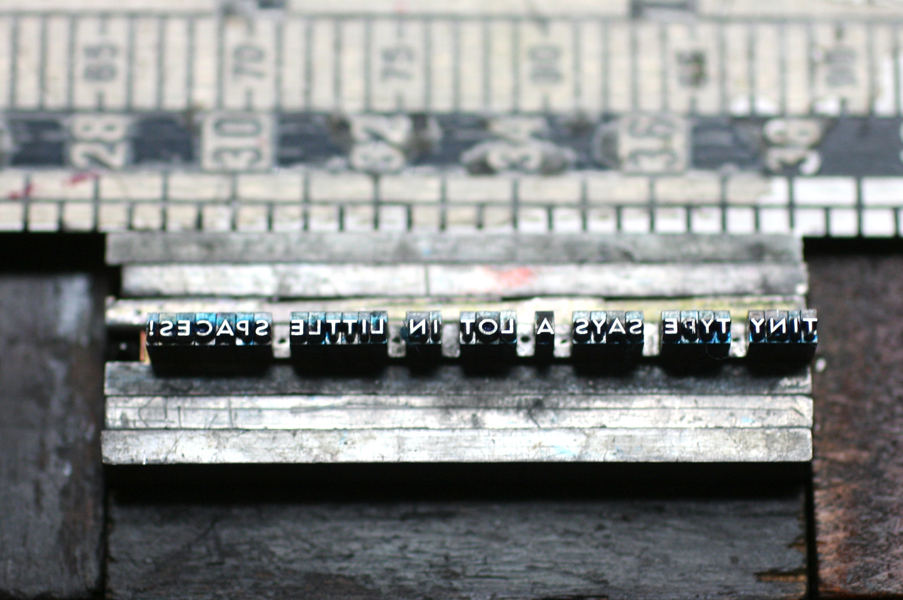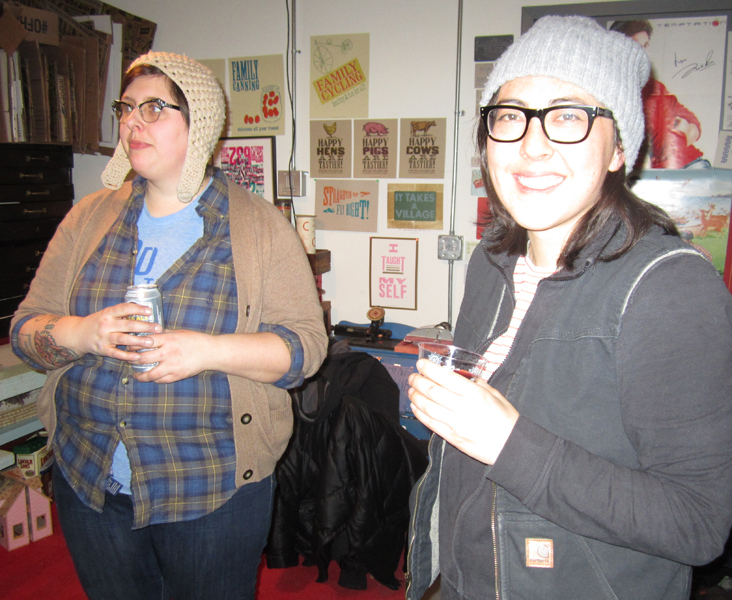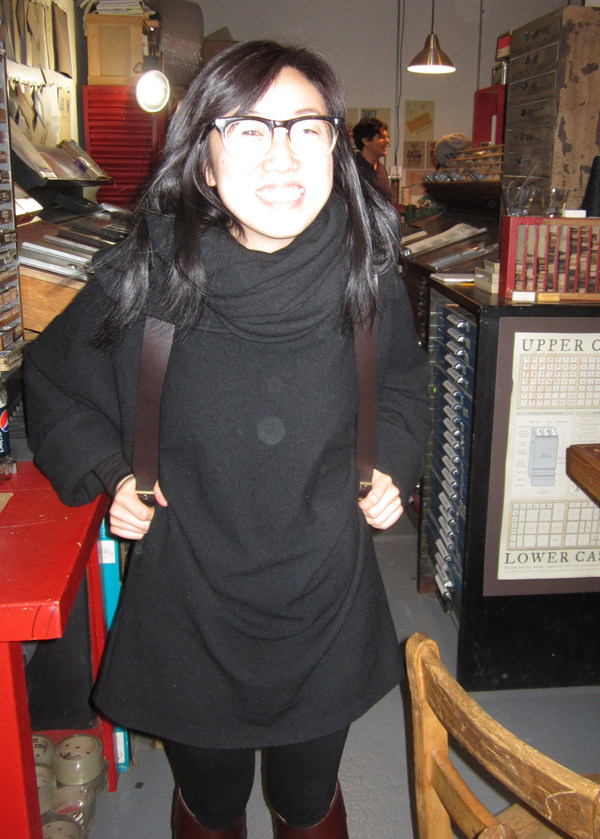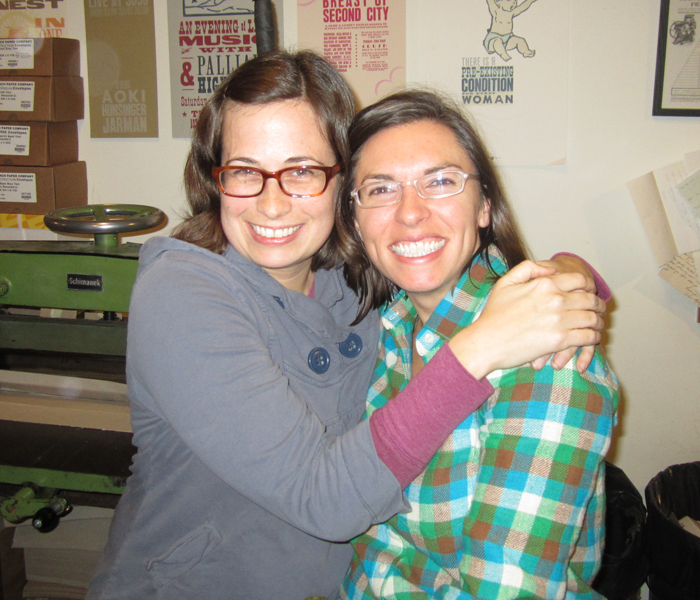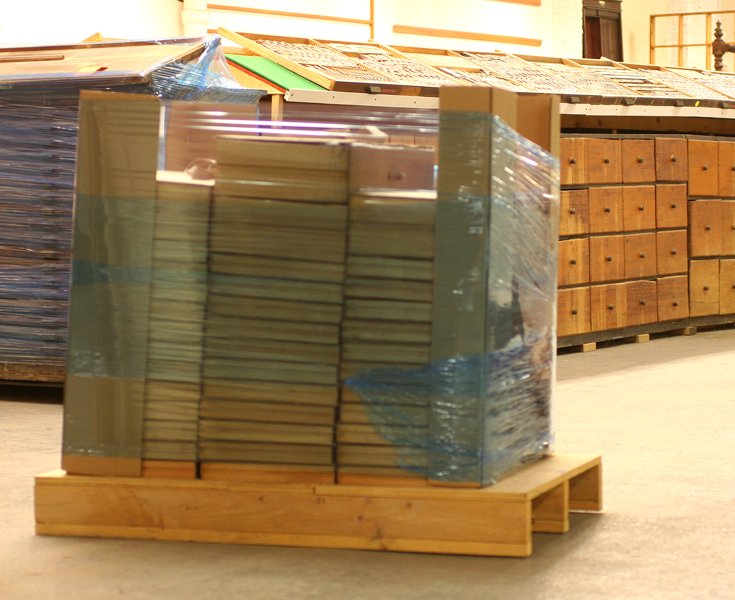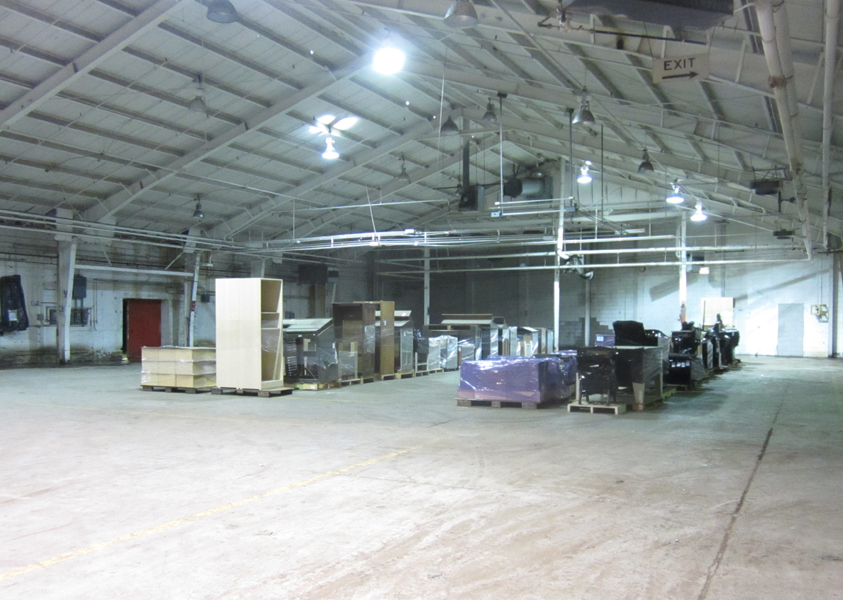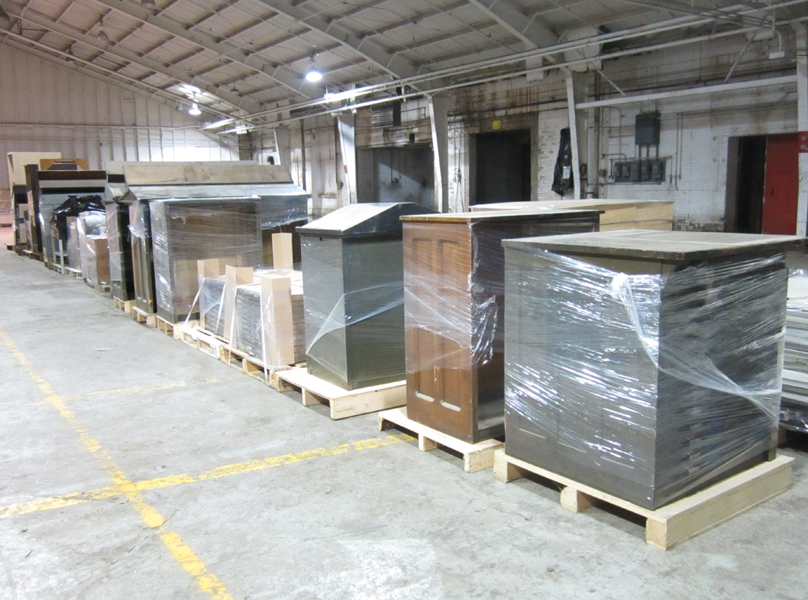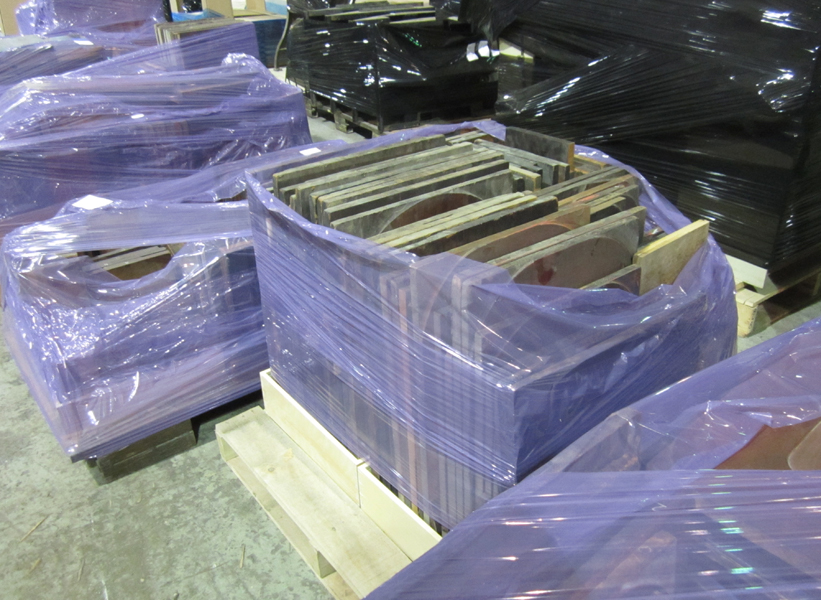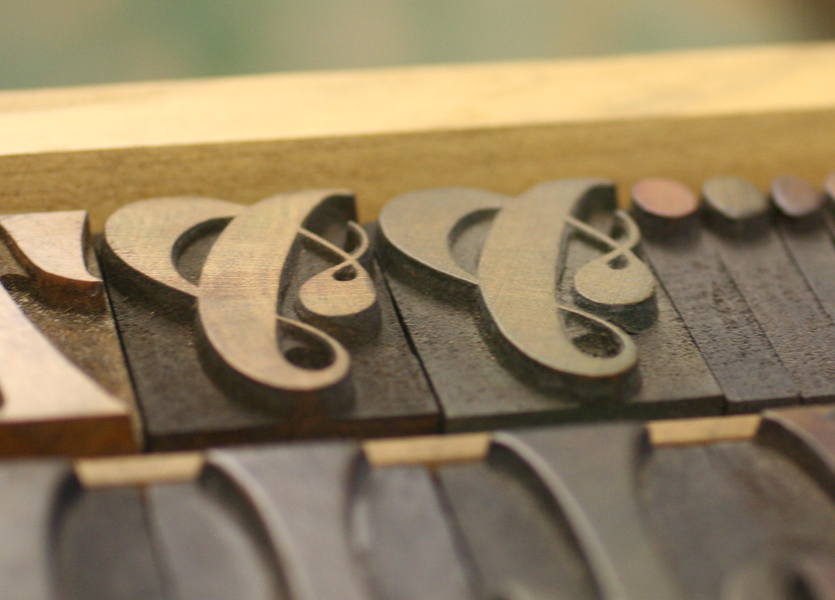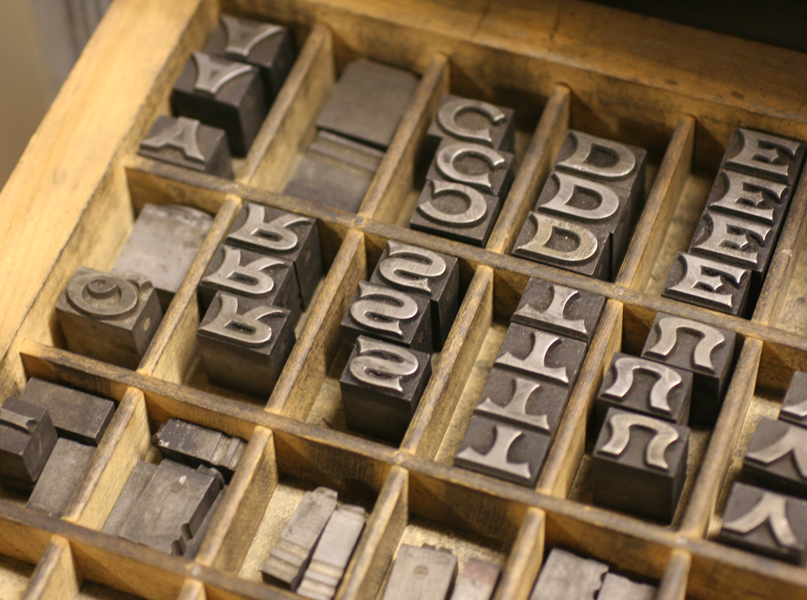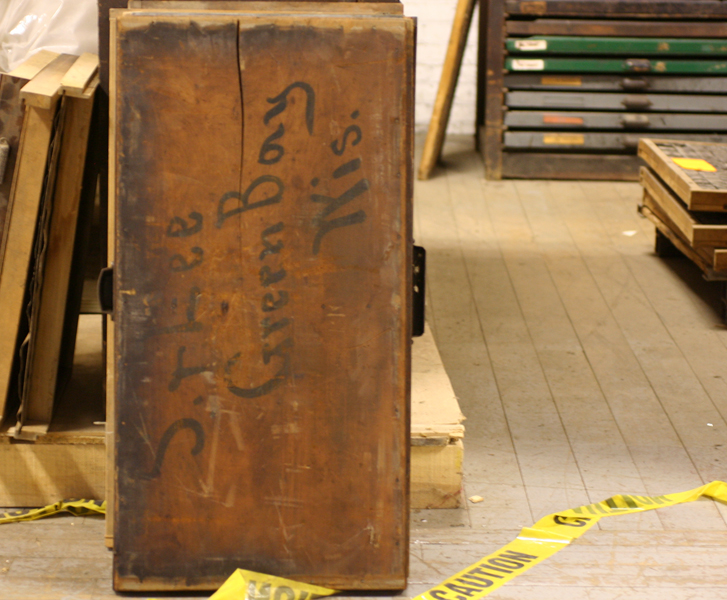I am often asked how we maintain our presses in the studio and folks always find it surprising when I answer that we do it ourselves. The truth is, armed with a manual or two and a few connections with experienced printers, keeping our presses in working order is pretty simple. They need oil, and plenty of it, along with a little cleaning and visually checking that screws and bolts aren't working themselves loose. Both of our platen presses are motorized, with the motors running directly off the flywheel. I'm not a big fan of belts (even after successfully replacing a disintegrating one on our Vandercook press), so this setup is ideal. Both of our motors are made-in-Chicago Kimball motors that are period to the presses, and have had a pretty good run of 10+ years in our shop with little complaint. That changed this past Fall when the 10x15 C+P press motor decided to act up. After a little cleaning and investigating, it was apparent that a few parts were worn to what is probably a not fixable degree. Because this press is our workhorse, we took the motor from the 8x12 C+P and put it on the 10x15 for a temporary fix while searching out a replacement. In the meantime, I purchased a treadle for this press as it seemed like a good idea to have a manual backup. Think vintage, foot-powered sewing machine.
Well, I suppose the treadle came in perfect time, as the 'new' motor on the 10x15 died last Saturday. This was most likely due to old wiring with poor connections. This was the throw-the-hands-up-in-the-air moment of realizing both motors are long overdue for an overhaul. I ripped the treadle out of its crate and got it on the press. First, the unused motor mount had to come off because it's attached to the same hinge that is needed for the treadle mount:
Here's the front of the treadle that sees all the action.
Bad!
I lowered the pulley away from the flywheel so it doesn't needlessly drag on the flywheel now that it's operated by foot:
And here's the happy setup. I printed over 2400 calendar pages by foot (more on those later), which was not unlike spending about 4 hours on an elliptical, only with one foot at a time. This was followed by 200o 4-run gift certificates. Happily, next week is a Vandercook week so I've got a little break coming up. The interns will be getting the workout!
The beauty of working in Chicago, the city that works, is that there are motor shops in nearly every neighborhood. We'll be taking both of the motors in to see if they can get us up and running again at full speed soon.






